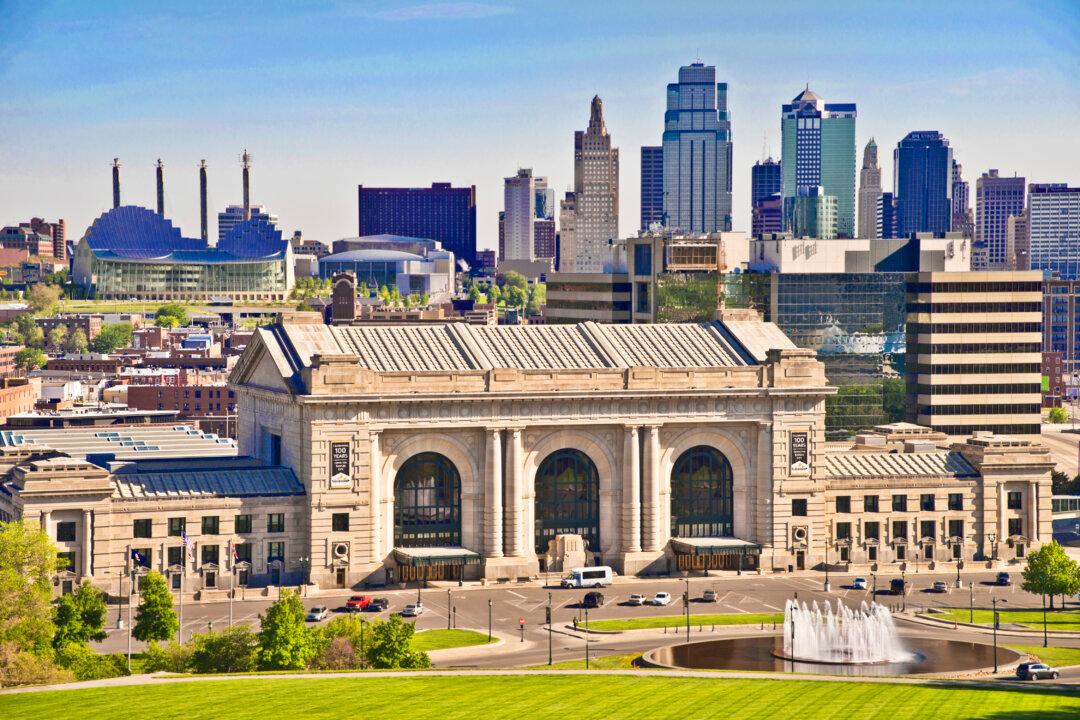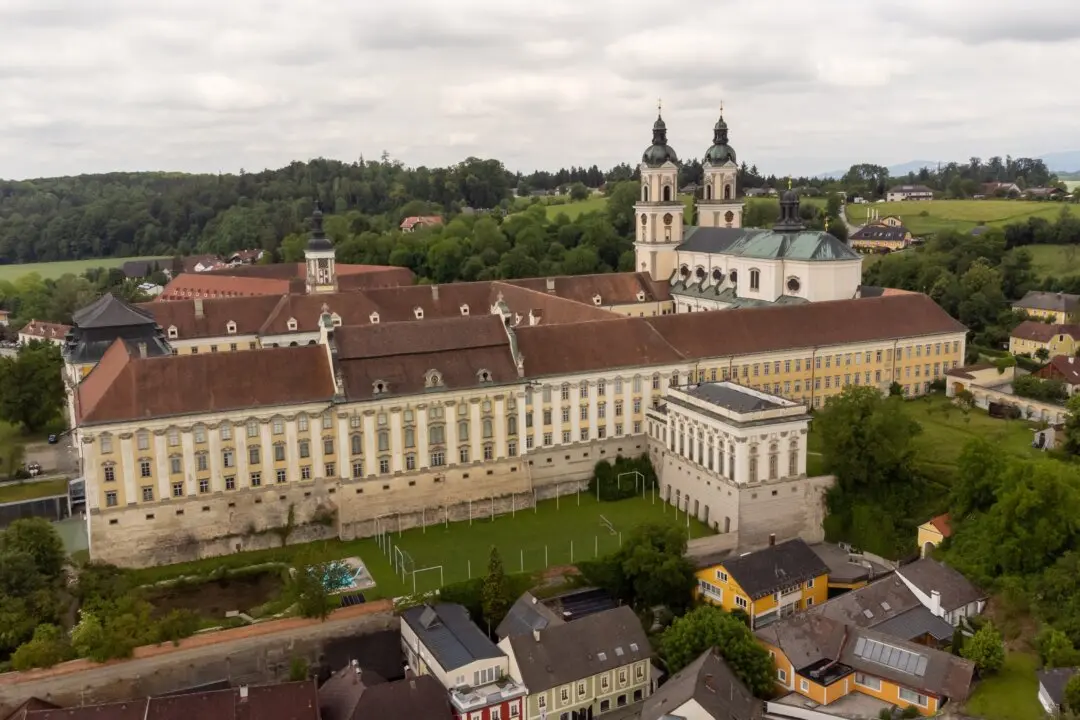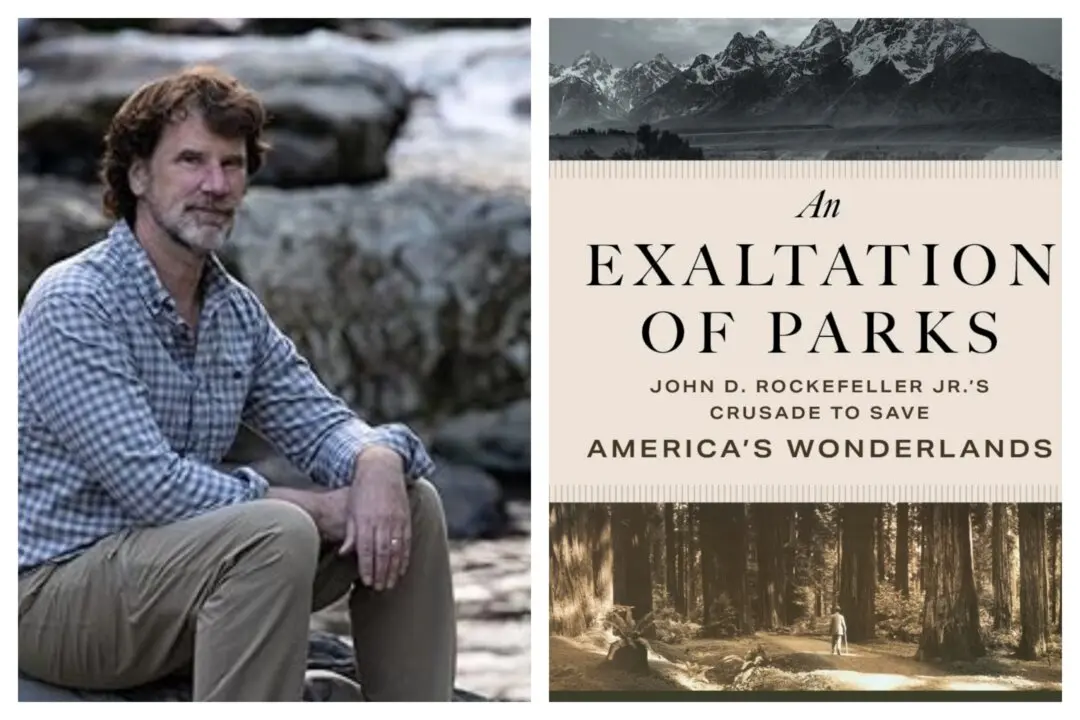In 1878, Union Depot, designed by Asa Beebe Cross, opened in Kansas City. The building was a mix of Second Empire and Gothic Revival styles, with towers, dormers, and arched windows. The building had a clock tower over the entrance.
In 1903, the Missouri River flooded, causing devastation of the Kansas City train depot. As a result, railroad executives decided to build a new train station on higher ground. Jarvis Hunt, an architect from Chicago was selected by a consortium of 12 railroad companies to design a Beaux-Arts style building. Opened in 1914, Union Station Kansas City was designed with practicality and safety in mind, but also to impress, from both inside and out.





